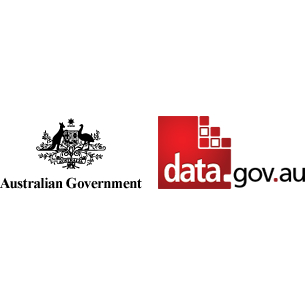Brief description
This record describes, and links to a working paper produced through the Crawford School of Economics and Government at The Australian National University in Canberra.*****
Using data from what was once one of the world's largest capture fisheries the economic value of a marine reserve is calculated using a stochastic optimal control model with a jump diffusion process. The results show that with a stochastic environment an optimal-sized marine reserve can generate a triple payoff that (a), raises the resource rent even when harvesting is 'optimal', (b) decreases the recovery time for the biomass to return to its former state and smooths fishers' harvests and resource rents, and (c), lowers the chance of a catastrophic collapse following a negative shock.
Full description
http://gcmd.nasa.gov/Resources/valids/keyword_list.html -http://www.aeaweb.org/journal/jel_class_system.html -
text: SA0003560: Australia
Subjects
Biosphere |
C61 |
Ecological Dynamics |
Fisheries |
Marine Reserves |
Mathematical Methods and Programming |
Population Dynamics |
Q22 |
Renewable Resources and Conservation |
Stochastic control |
User Contributed Tags
Login to tag this record with meaningful keywords to make it easier to discover
Identifiers
- Local : cod-today-and-none-tomorrow-the-economic-value-of-a-marine-reserve-working-paper
- URI : data.gov.au/data/dataset/45cb6042-c144-461b-bdae-2461ca7bdf60



